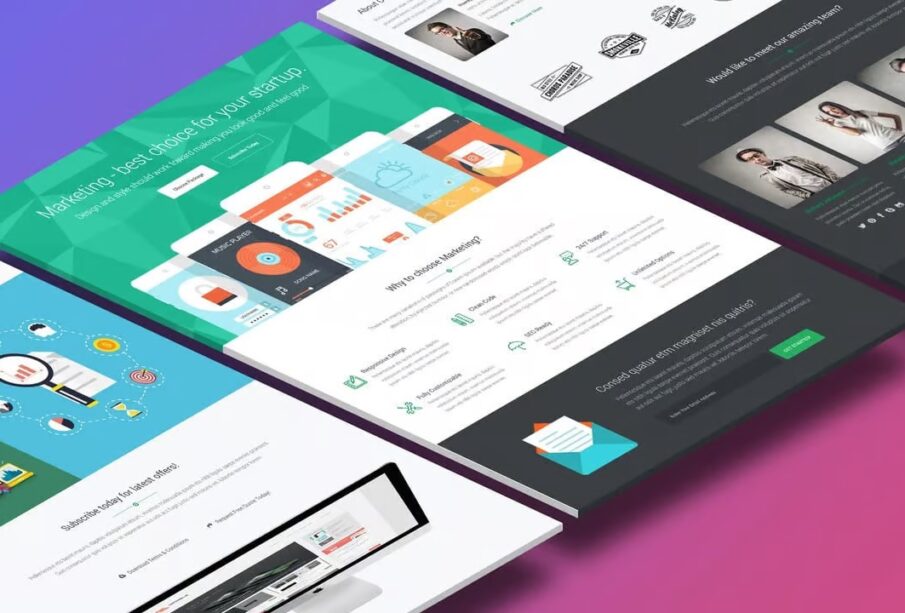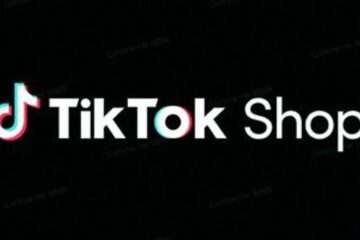The Psychology of Product Pages: Design Strategies That Drive Conversions in 2025

Introduction: A New Era of Digital Persuasion
As e-commerce continues to evolve, 2025 has ushered in a new era of product page design—one rooted not just in aesthetics but in psychology. Today’s consumers are more tech-savvy, more selective, and more emotionally driven than ever before. Successful brands know that merely displaying a product isn’t enough; you must create a seamless, persuasive experience that taps into the buyer’s subconscious. The psychology behind product page design is now as crucial as the product itself, and those who master it are leading the digital marketplace.
This article explores the key psychological principles and design tricks that top-performing product pages are using in 2025 to convert casual browsers into loyal buyers.
1. The First Impression: Leveraging Visual Hierarchy
First impressions on a product page are made in milliseconds. A well-structured visual hierarchy guides the eye effortlessly, making users feel comfortable and confident.
-
Bold Product Imagery: High-resolution, context-rich images serve as the visual anchor. Zoom features, 360° views, and short videos cater to the brain’s craving for tactile simulation.
-
Clear Focal Points: Strategic use of font size, color contrast, and whitespace draws attention to primary calls-to-action like “Add to Cart” or “Buy Now.”
-
Consistent Branding: Cohesive color palettes and typography evoke trust. Familiarity reduces cognitive load and increases perceived professionalism.
Psychologically, this taps into fluency bias—the easier something is to process, the more we tend to trust it.
2. Trust Cues: Calming the Consumer Brain
Buying online is inherently risky. Users can’t touch the product, test its durability, or gauge its true value firsthand. That’s why reducing uncertainty is paramount.
-
Customer Reviews & Star Ratings: These trigger social proof, a powerful psychological driver. In 2025, video reviews and AI-generated summaries have taken center stage.
-
Trust Badges & Guarantees: Security icons, return policies, and satisfaction guarantees serve as micro-assurances that eliminate hesitation.
-
Live Sales Counters: Showing how many people recently purchased the item or how many are viewing it leverages FOMO (Fear of Missing Out).
The more you can signal legitimacy and reliability, the more you quiet the consumer’s internal risk detector.
3. Anchoring Prices: Framing Perception
Humans rarely evaluate a price in isolation. Instead, we compare it with contextual references—known as price anchoring.
-
Original vs. Discounted Price: Striking through the original price and displaying the discounted one creates a perception of increased value.
-
Tiered Pricing Options: Presenting multiple pricing levels nudges users toward the “middle option,” perceived as the safest bet.
-
Subscription vs. One-Time Purchase: Offering savings on subscriptions frames the recurring option as the smarter, more economical choice.
Framing effects don’t change the product—but they dramatically influence how users perceive its worth.
4. Scarcity and Urgency: Nudging Action
The human brain is hardwired to respond to scarcity. We equate rarity with value and react instinctively to limited availability.
-
“Only 3 Left in Stock” Notices: These subtle cues push users to act quickly, avoiding the pain of potential loss.
-
Countdown Timers for Sales: Ticking clocks activate urgency, minimizing procrastination and increasing conversion rates.
-
Flash Deals and “Today Only” Tags: These heighten engagement and prompt impulse purchases.
However, in 2025, authenticity is key. Consumers can spot fake scarcity tactics. Transparent messaging wins.
5. Personalization: Making the Page Feel Tailored
Modern consumers expect a personalized journey. Thanks to AI and behavioral tracking, product pages can now dynamically adapt to each visitor.
-
Smart Product Recommendations: Based on browsing history, cart behavior, or even weather data, suggestions feel eerily spot-on.
-
Localized Messaging: Currency, shipping info, and even reviews in the user’s language establish instant rapport.
-
Adaptive Copy: Dynamic headlines and product descriptions adjust in tone and detail depending on user intent and previous engagement.
This level of personalization feeds into reciprocity bias—when a site understands a user, that user feels inclined to respond positively.
6. Copywriting That Converts: Language That Speaks to Emotion
The words on a product page should do more than inform—they should evoke. Emotional triggers are far more powerful than technical jargon.
-
Benefit-Oriented Language: Instead of “Made from high-quality cotton,” write “Feels like your favorite T-shirt from day one.”
-
Sensory Descriptions: Use words that tap into touch, taste, and smell to make the product feel real.
-
Conversational Tone: Dropping overly formal language in favor of a friendly, human voice builds connection and trust.
Effective copywriting acknowledges the reader’s aspirations, pain points, and lifestyle desires. It doesn’t sell a product—it sells a feeling.
7. Seamless User Experience: Frictionless Journeys Convert Best
Even the most persuasive content won’t convert if the user experience is clunky. Friction in 2025 is the conversion killer.
-
Lightning-Fast Load Times: Optimized pages that load in under two seconds keep bounce rates low.
-
One-Click Purchase Options: Integration with payment platforms like Apple Pay or Google Wallet allows instant transactions.
-
Mobile-First Design: With over 70% of purchases made on mobile, thumb-friendly layouts and responsive interfaces are critical.
When the shopping experience is smooth, users glide from interest to checkout with minimal resistance.
Conclusion: Designing for the Mind, Not Just the Eye
In 2025, the most effective product pages aren’t just visually attractive—they’re psychologically intelligent. They understand how the brain processes information, how emotions guide decisions, and how subtle cues can push a user from hesitation to action. By blending neuroscience with digital design, businesses can craft product pages that not only look good but perform exceptionally.
In a crowded digital market, understanding the psychology behind your product page is no longer optional. It’s your competitive advantage.
As the future of e-commerce continues to shift, one principle remains constant: people buy with emotion and justify with logic. The brands that master both will convert with confidence, clarity, and consistency.
More News
-
Simple tasks to Starting an Online Business
March 10, 2022 -
Looking for the Plus Size Woman
May 20, 2022













